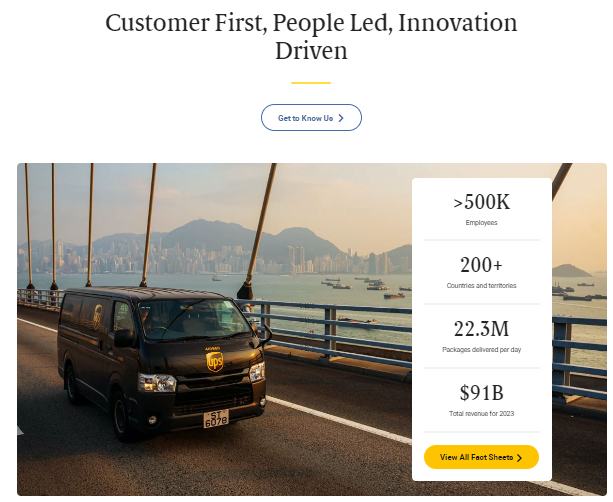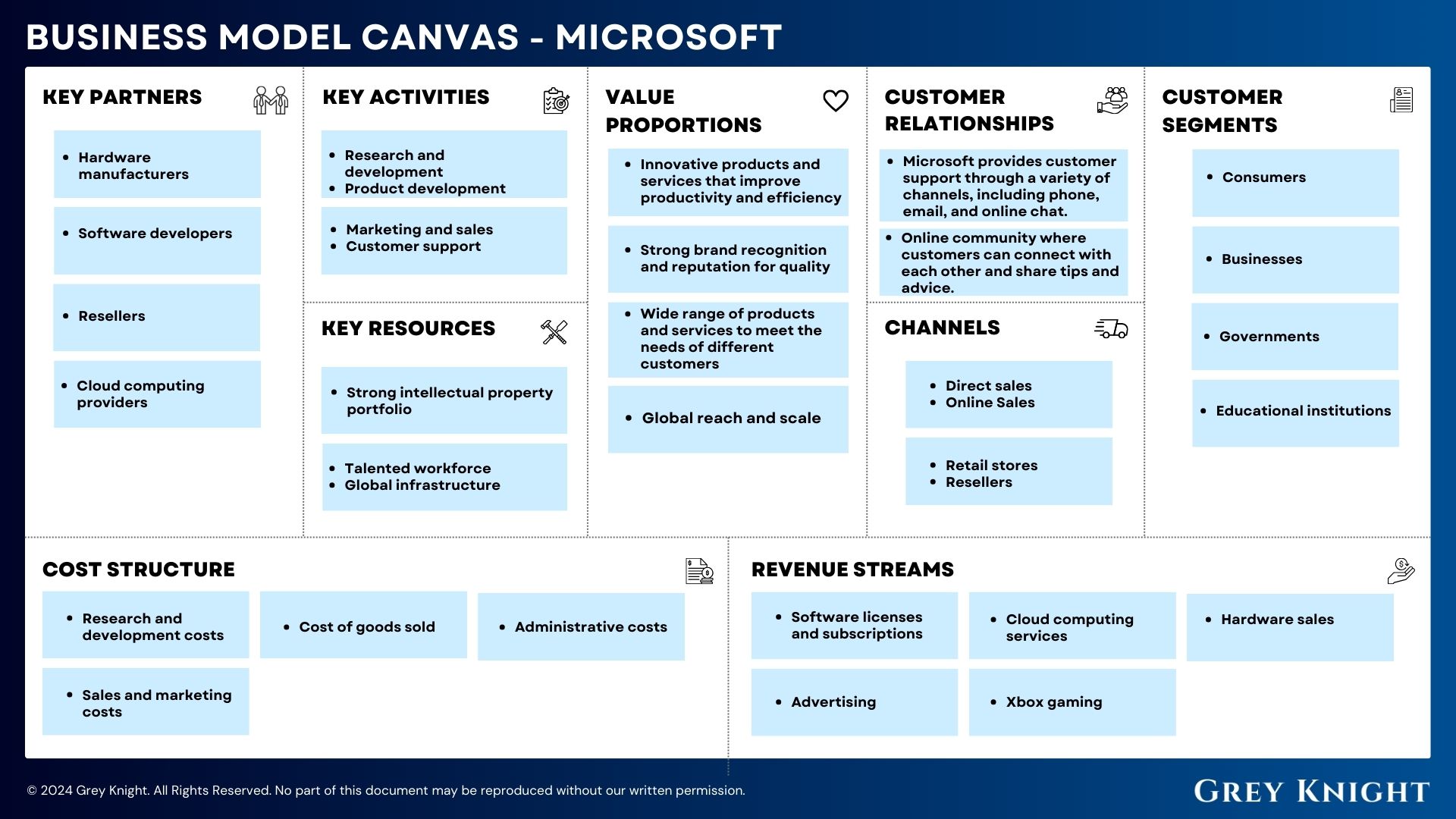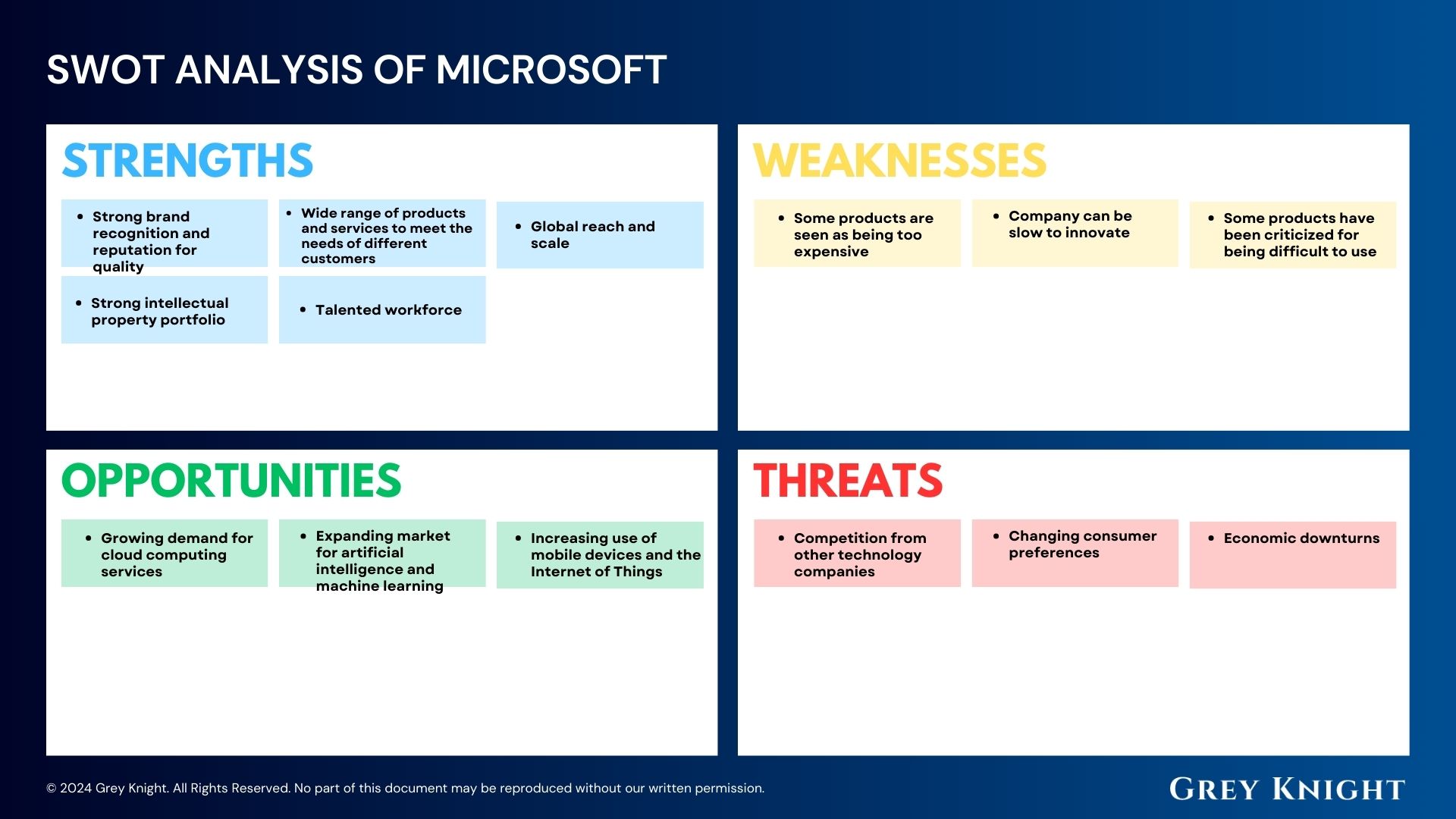Table of Contents
ToggleA Brief History of United Parcel Service
United Parcel Service, Inc. (UPS) was founded in 1907 by James E. Casey in Seattle, Washington. Originally known as the American Messenger Company, the company’s primary focus was on delivering packages and documents to customers in the Seattle area.
In 1913, the company expanded its services to California and changed its name to Merchants Parcel Delivery. Over the years, the company continued to grow and expand its services, eventually becoming known as United Parcel Service in 1919.
UPS continued to innovate and expand its operations, introducing the first conveyor belt system for handling packages in 1924 and expanding its services to include air freight in the 1920s. By the 1950s, UPS had established a national delivery network and was offering international shipping services.
In the following decades, UPS continued to expand its global presence, acquiring several companies and investing in advanced technology to improve its operations. In 1999, UPS went public with one of the largest initial public offerings in history.
Today, UPS is one of the largest package delivery and logistics companies in the world, providing a wide range of services including package delivery, freight transportation, and logistics solutions. With a strong focus on sustainability and innovation, UPS continues to lead the industry in providing efficient and reliable delivery services to customers around the world.
Who Owns United Parcel Service?
United Parcel Service, Inc. (UPS) is a publicly traded company, which means it is owned by its shareholders. The top 10 shareholders of UPS as of the latest available information are as follows:
1. Vanguard Group, Inc.
2. BlackRock, Inc.
3. State Street Corporation
4. Capital World Investors
5. T. Rowe Price Associates, Inc.
6. Fidelity Management & Research Company
7. Northern Trust Corporation
8. Wellington Management Company, LLP
9. Geode Capital Management, LLC
10. Bank of New York Mellon Corporation
These institutional investors and asset management firms hold significant stakes in UPS, indicating the confidence and investment interest in the company.
United Parcel Service Mission Statement
United Parcel Service, Inc. (UPS) mission statement is to provide innovative and sustainable solutions to businesses and individuals around the world, delivering the highest level of service and reliability. UPS is dedicated to creating value for customers and shareholders through its commitment to excellence, integrity, and social responsibility. The company aims to be a global leader in logistics and supply chain management, while also being a responsible corporate citizen that contributes to the communities it serves.
How United Parcel Service Makes Money?
United Parcel Service Inc. (UPS) operates a business model that primarily generates revenue through the provision of package delivery and freight services. UPS makes money by charging fees for its delivery services, which can include ground, air, and international shipping options. The company also provides additional services such as logistics, supply chain management, and freight brokerage, which contribute to its revenue stream. UPS earns money from both business-to-business and business-to-consumer transactions, and it also collects fees for additional services such as tracking, insurance, and special handling. Overall, UPS’ business model is centered around providing reliable and efficient shipping and logistics services in exchange for various fees and charges, contributing to its annual revenue.
United Parcel Service Business Model Canvas
The Business Model Canvas is a strategic management tool that allows organizations to visualize, assess, and modify their business models. It consists of nine key components that help identify the key aspects of a business: Customer Segments, Value Propositions, Channels, Customer Relationships, Revenue Streams, Key Resources, Key Activities, Key Partners, and Cost Structure. In this report, we will provide a detailed Business Model Canvas for United Parcel Service, Inc.
Customer Segments:
– Individuals and households
– Small and medium-sized businesses
– Large corporations and enterprises
Value Propositions:
– Reliable and timely delivery services
– Global network and infrastructure
– Supply chain management solutions
– Technology-driven logistics and tracking
Channels:
– Online platform and website
– Physical storefronts and drop-off locations
– Partner retail locations
– Mobile app
Customer Relationships:
– Personalized customer service
– Online support and training resources
– Loyalty programs and incentives
– Feedback and complaint management
Revenue Streams:
– Shipping and delivery fees
– Freight and brokerage services
– Contract logistics and distribution
– Value-added services
Key Resources:
– Global transportation and distribution network
– Technology and tracking systems
– Fleet of vehicles and aircraft
– Warehousing and distribution facilities
Key Activities:
– Package sorting and handling
– Transportation and delivery
– Inventory management and warehousing
– Customer service and support
Key Partners:
– Suppliers and manufacturers
– Retailers and e-commerce platforms
– Technology partners
– Logistics and distribution partners
Cost Structure:
– Transportation and fuel costs
– Labor and workforce expenses
– Technology and infrastructure investments
– Maintenance and overhead expenses
United Parcel Service’s Competitors
United Parcel Service, Inc. (UPS) is a global package delivery and supply chain management company. It operates in over 200 countries and territories worldwide, providing a wide range of services including transportation, logistics, and e-commerce solutions. UPS faces competition from several other prominent companies in its industry. The top 5 competitors of UPS are FedEx, DHL, Amazon Logistics, USPS, and Maersk. These companies also offer various shipping and logistics services and compete with UPS to capture market share in the global supply chain and package delivery industry.
United Parcel Service SWOT Analysis

Strengths:
1. Strong brand recognition and reputation
2. Extensive global network and infrastructure
3. Diverse service offerings, including supply chain solutions and logistics
4. Strong customer base, including both B2B and B2C clients
Weaknesses:
1. Vulnerability to economic downturns and fluctuations in fuel prices
2. Dependence on third-party transportation providers
3. Limited diversification outside of package delivery and logistics services
Opportunities:
1. Growth potential in e-commerce and online retail market
2. Expansion of international operations, particularly in emerging markets
3. Development of new technology and innovation in delivery services
Threats:
1. Intense competition within the logistics and package delivery industry
2. Potential regulatory challenges and increased government oversight
3. Disruption from new entrants and advancements in delivery technology
Concluding Analysis
As I wrap up my analysis of the business model of United Parcel Service, Inc., I am impressed by the company’s strong brand, extensive global infrastructure, and commitment to innovation. UPS has demonstrated resilience and adaptability in the face of market challenges and has continued to expand and diversify its service offerings. Looking ahead, I am optimistic about the future of UPS. With the growing demand for e-commerce and logistics services, UPS is well-positioned to capitalize on these opportunities. I believe that the company’s strategic investments in technology and sustainability will further solidify its competitive advantage in the industry. Overall, I see a bright future for UPS and anticipate continued success for the company in the years to come.
Additional Resources
To keep learning and advancing your career, we highly recommend these additional resources:
Business Model Canvas of The Top 1,000 Largest Companies by Market Cap in 2024
A List of 1000 Venture Capital Firms & Investors with LinkedIn Profiles
Peter Thiel and the 16 Unicorns: The Legacy of Thiel Fellowship












